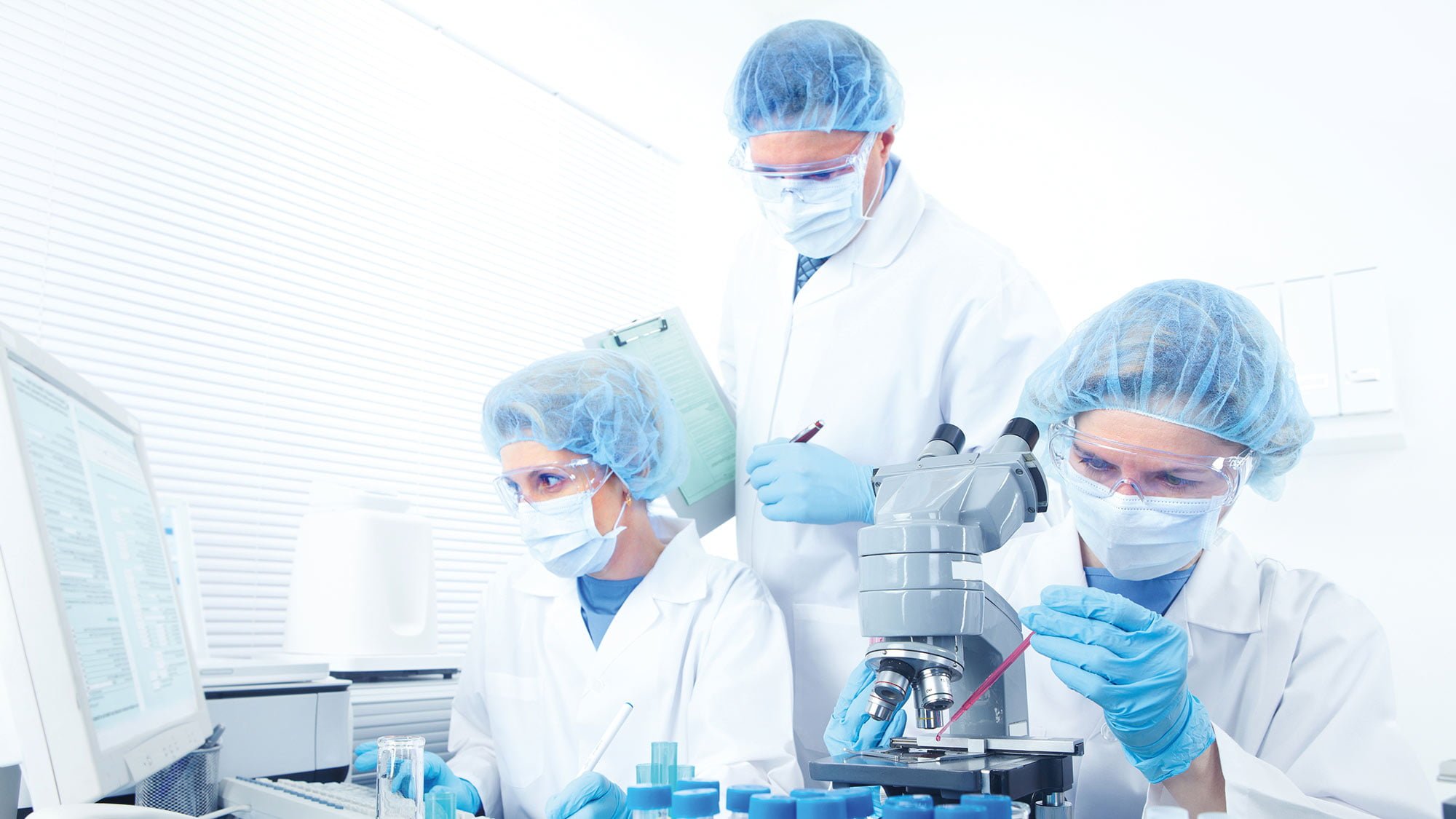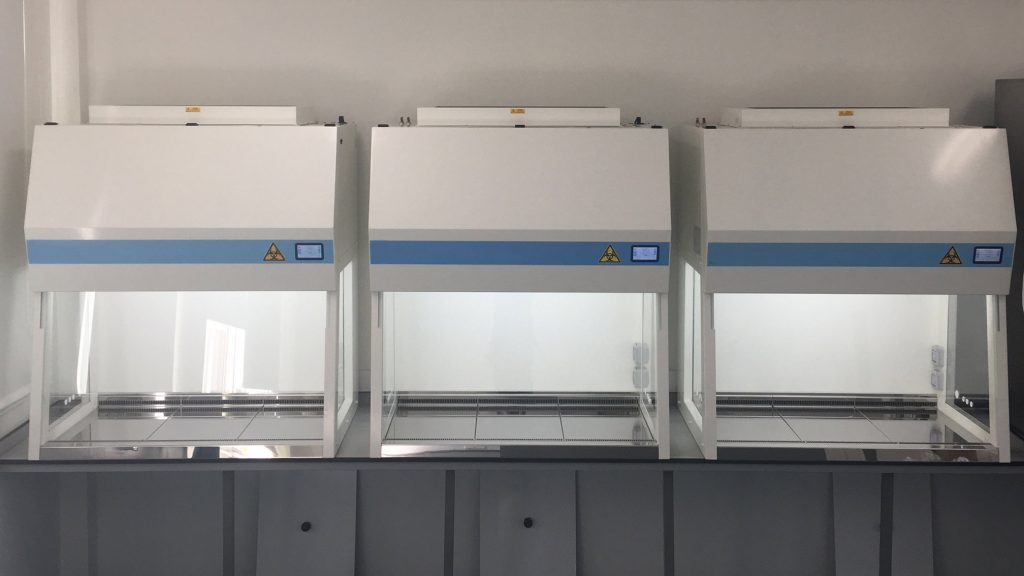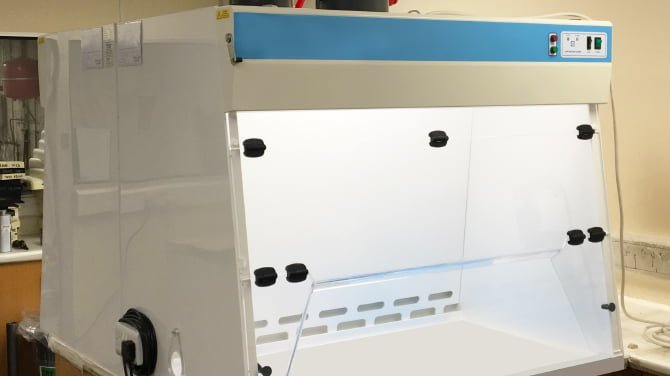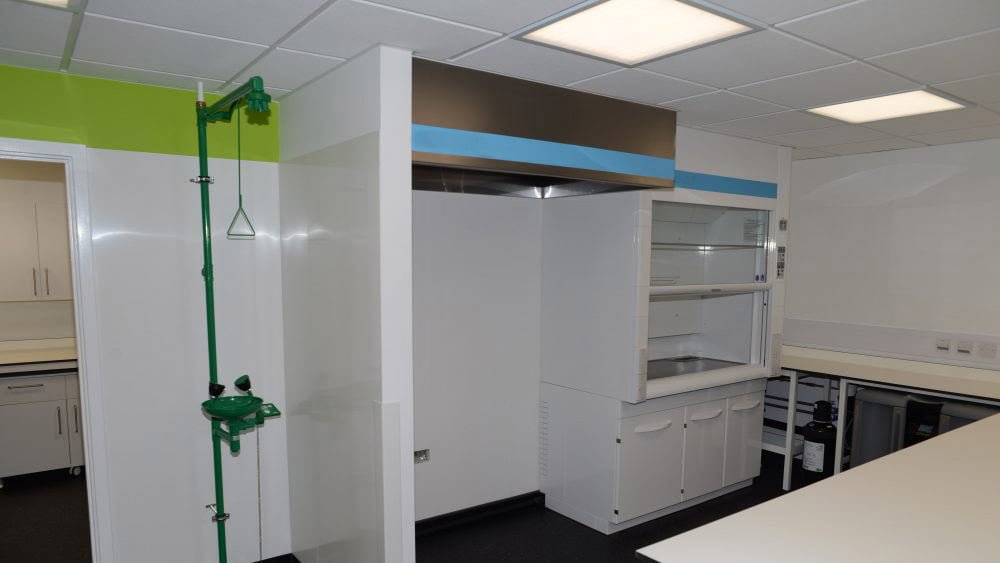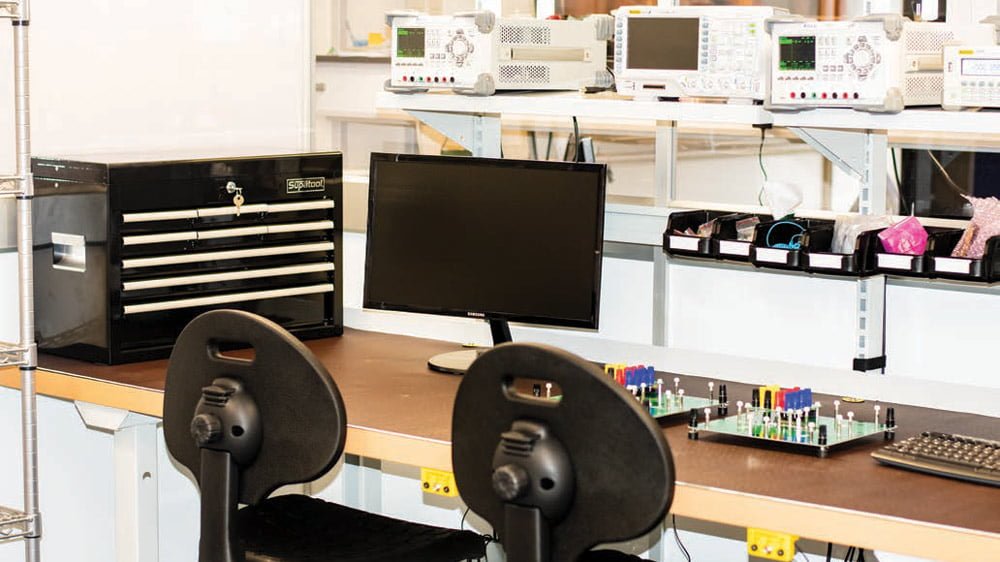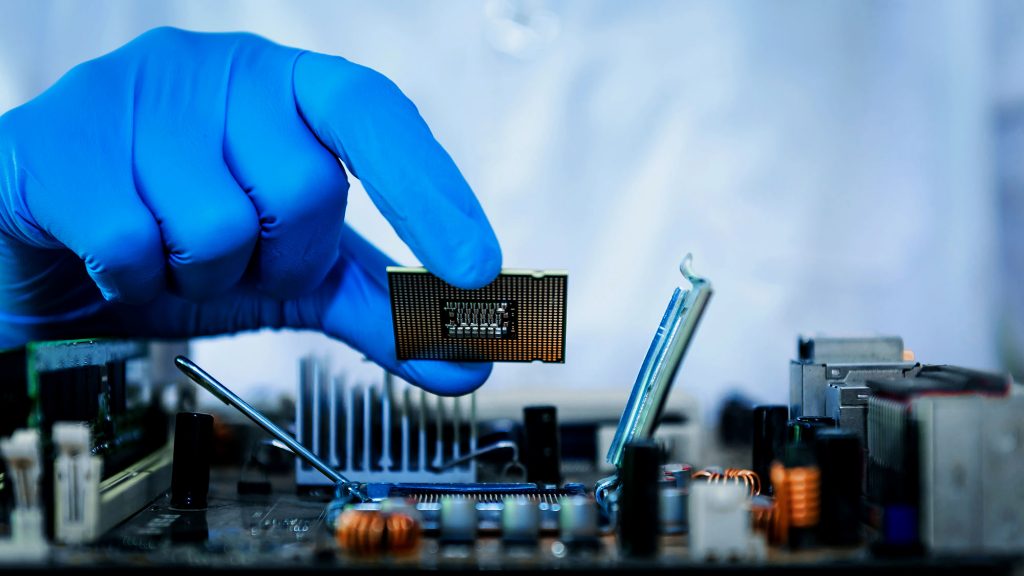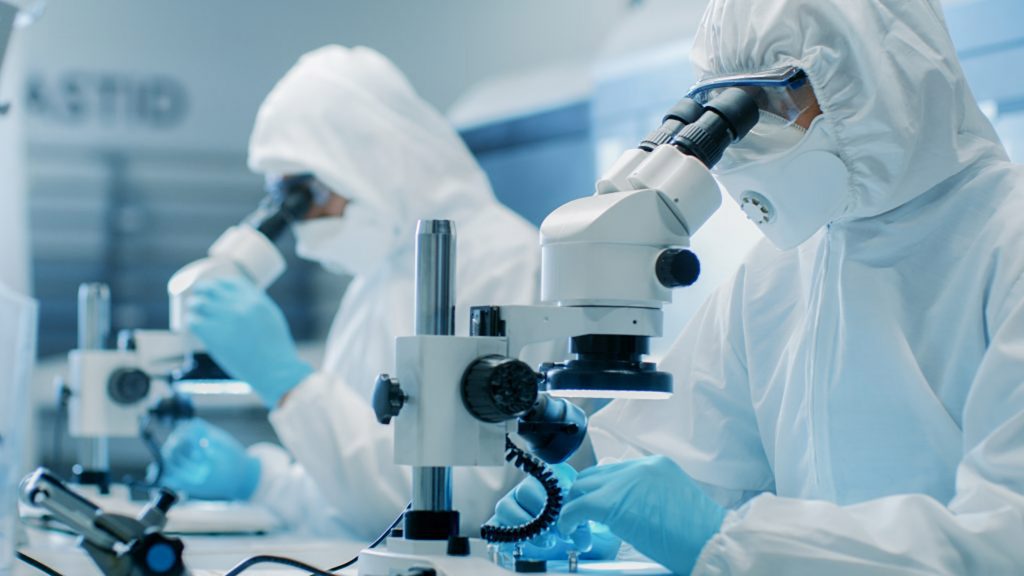People are the most significant source of contamination in controlled environments. Whereas products and everything else that enters a Cleanroom can be disinfected. So how much contamination can come from people that are clean?
On average, humans will lose 6 – 14 grams of dead skin particles every day and a complete layer of skin about every four days. That is equivalent to 10,000,000 particles each day! People account for up to 80% of all particles generated within a Critical Environment. Integrity’s wide range of disposable cleanroom face masks guarantees quality to ensure the protection of the wearer from the environment and protects the product from the wearer of the mask.
While different ISO-rated Cleanrooms require varying levels of cleanroom protective clothing, face masks are the product that people often feel most strongly. They make breathing seem less natural, disguise faces, hindering communication.
However, they are an essential product in most Critical Environments, so it is vital to choose the mask which is fit for purpose and allows the user to feel comfortable.
THERE ARE FIVE MAIN MASK OPTIONS:
Tied face masks
A popular option due to greater flexibility of adjustment
Earloop face masks
Provides premium comfort earloops, these masks also fit underneath hoods.
Pouch-style face masks
Purposely designed to filter dust and also features a neck guard.
Head loop face masks
These fit around the head, over the top of a hood, and overlapping at the sides, so only the eyes are visible.
Veils
These come with two fixing options – head loop or studs to fix on to reusable hoods – and tuck into the cleanroom coverall, providing the protection needed with total comfort.
After you have selected the most fitting face mask for your requirements, the next area of consideration is maximizing the effectiveness of the item.
THERE ARE FOUR ELEMENTS TO THIS:
1. Hygiene. Thoroughly wash hands before putting the mask on. If antibacterial soap and water aren’t available, instead use an alcohol disinfectant.
2. Coverage. The face mask should cover both the nose and mouth.
3. Fitting. Check that the mask fits correctly – no air should escape from mask edges.
4. Breathe. Remember to breathe in through the nose so that the cilla can catch particles, and breathe out through the mouth.
If you would like a sample or more information about the range, please contact the team.


